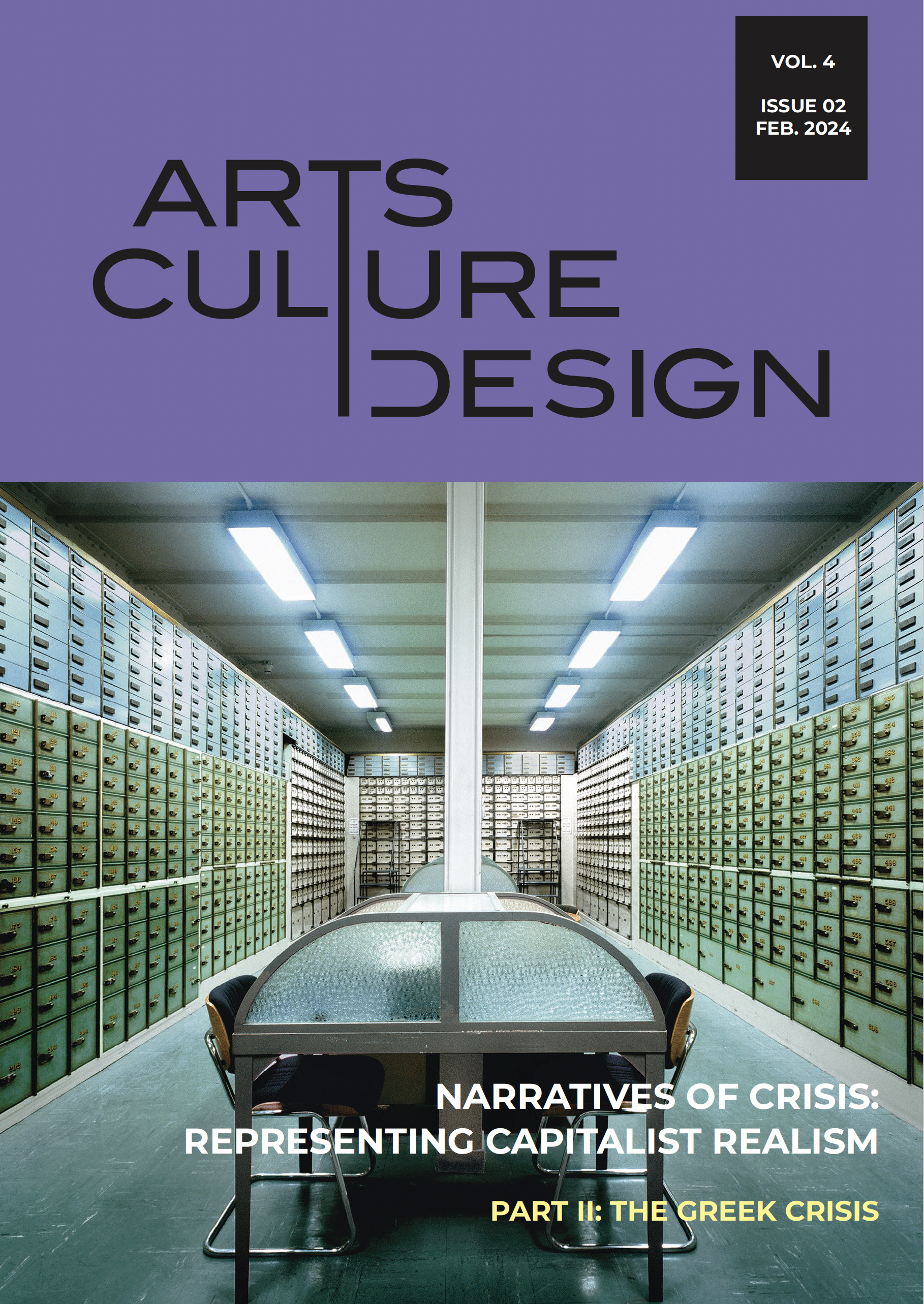Interpretation of a difficult heritage about the internal exile of political opponents in Greece. The cases of the Concentration Camps of islands Ai-Stratis, Chios and Anafi.

Abstract
The practice of internal exile in Greece, inaugurated during the aftermaths of the National Schism (1915-17) and continued by the Pangalos’ dictatorship, was generalized after the vote of the anticommunist “Idionymo” law of the liberal Venizelos’ government (1929), during the Metaxas dictatorship (1936-1940), during the Greek civil war (1946-49) and the political repression that followed and finally during the Greek Junta (1967-74) and applied mostly against the communists and other political opponents. The political transition of the Metapolitefsi (1974) marked the end of this practice, but the decades of turning dozens of Greek islands into places of exile and “disciplinary camps” for the “enemies of the State” is something that have created a multitude of political and social experiences of great historical importance. Though, this is a kind of “difficult cultural heritage” to deal with for the local communities and for the Greek State itself. The obvious duty to preserve and promote the memory of these historical sites is undermined, on the one hand by the fear to revive political conflicts from the past that still appear thorny, and on the other hand by the fear that this preservation and promotion would darken the sunny and pleasant brand name needed by the islands in question for tourist purposes. Thus, the exile sites on Greek islands have been consigned to oblivion, an oblivion that recent efforts to transform such sites of memory into museums and to promote them, try to overcome. Using an on-the-spot investigation at the exile sites on three of these islands (Ai-Stratis, Chios and Anafi) and desk research of relevant literature (books, historical achieves, photographic records, oral testimonies) the present article reconstitutes the very hard but also very rich in cultural forms of resistance and in creativity life of the exiles, stresses the importance of these three exile sites for the Greek political history and also for the local history and identity and advocates for more state action aiming the preservation of this heritage.
Article Details
- How to Cite
-
Marini, M. (2024). Interpretation of a difficult heritage about the internal exile of political opponents in Greece. : The cases of the Concentration Camps of islands Ai-Stratis, Chios and Anafi. Design/Arts/Culture, 4(2), 132–147. https://doi.org/10.12681/dac.34824
- Section
- Articles

This work is licensed under a Creative Commons Attribution-NonCommercial-ShareAlike 4.0 International License.
The copyright for articles in this journal is retained by the author(s), with first publication rights granted to the journal. By virtue of their appearance in this open access journal, articles are free to use (with the exception of the non-granted right to make derivative works) with proper attribution for non-commercial uses (licence Creative Commons 4.0). EKT/NHRF retains the worldwide right to reproduce, display, distribute, and use articles published in DAC in all formats and media, either separately or as part of collective works for the full term of copyright. This includes but is not limited to the right to publish articles in an issue of the Journal, copy and distribute individual reprints of the articles, authorize reproduction of articles in their entirety in another EKT/NHRF publication, and authorize reproduction and distribution of articles or abstracts thereof by means of computerized retrieval systems.
DAC journal considers all submitted artwork on the condition author(s) confirm that third-party intellectual property rights are not violated in any way.
Author(s) are responsible for securing permissions to publish copyrighted material, such as photographs and other artwork and for paying any fees involved. Production of an article will not begin until the editor has received all relevant permissions.
The copyright for published articles in Design | Arts | Culture is retained by the author(s). By virtue of their appearance in this open access journal, articles can be used freely, with proper attribution, for educational and other non-commercial purposes.


